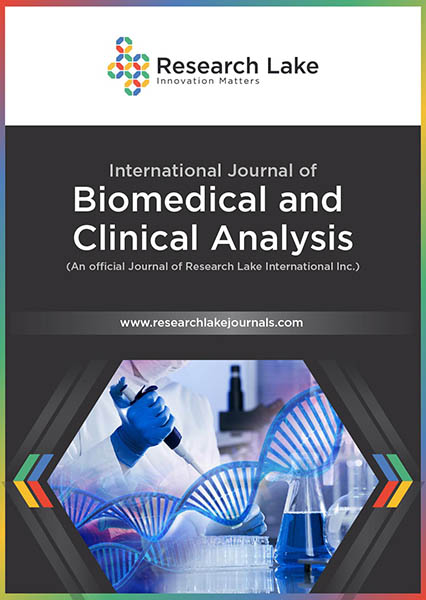The Pathogenesis of Mesh-induced Inflammatory Response and Pain: Rationale for Development of New Mesh
Abstract
Chronic postoperative pain (CPP) in mesh hernia repair (MHR) may complicate the postoperative course. The cause of CPP may be multifactorial - surgical technique, patient-intrinsic factors, and mesh. Polypropylene (PP) mesh is the most widely used material for MHR. Despite its advantages, it has been associated with severe complications in urogynecology leading to a partial mesh ban. PP is not inert and causes foreign body reactions (FBR), corrosion, and loss in biocompatibility. Pain is a hallmark of mesh-induced complications. The pathogenesis of pain is related to an immune response with neutrophils, T cells, and macrophages, major players in mesh-associated fibrosis and pain. Pain may be caused by mesh implantation-induced nerve entrapment, compression, and severe inflammation, relevant for both nociceptive and neuropathic pain. Compression neuropathy has been associated with preoperative pain and chronic postoperative pain in mesh and non-mesh repairs. The mesh may induce FBR changes causing clinical complications and pain. Increased mesh vicinity innervation induced by fibrosis may be responsible for chronic postoperative pain. An aggressive immune response in pelvic floor reconstructive surgery degrades PP. T cells and macrophages may protect against or induce degradation and pain. The main point to eliminate pain is to develop a mesh, that provides long-term corrosion resistance, and biocompatibility. This may be achieved by coating PP mesh with a thin layer of Titanium oxide or meshes of pure titanium. Titanium is considered to be bio-inert providing corrosion resistance and biocompatibility. However, depending on the location and surface of the mesh (roughness, hydrophilicity), there may be a macrophage-neutrophil-induced inflammatory response causing fibrosis and cicatrization. Based on the structure, location, and production Titanium may demonstrate beneficial effects concerning corrosion, oxidation, FBR, and biocompatibility. To improve outcomes in MHR the analysis of cellular immune response concerning mesh properties, composite endpoints, pain, and physical function may be necessary.
Copyright (c) 2023 René Gordon Holzheimer, Nadey Hakim

This work is licensed under a Creative Commons Attribution-NonCommercial 4.0 International License.
Copyright © by the authors; licensee Research Lake International Inc., Canada. This open-access article is distributed under the terms of the Creative Commons Attribution Non-Commercial License (CC BY-NC) (http://creative-commons.org/licenses/by-nc/4.0/).






















